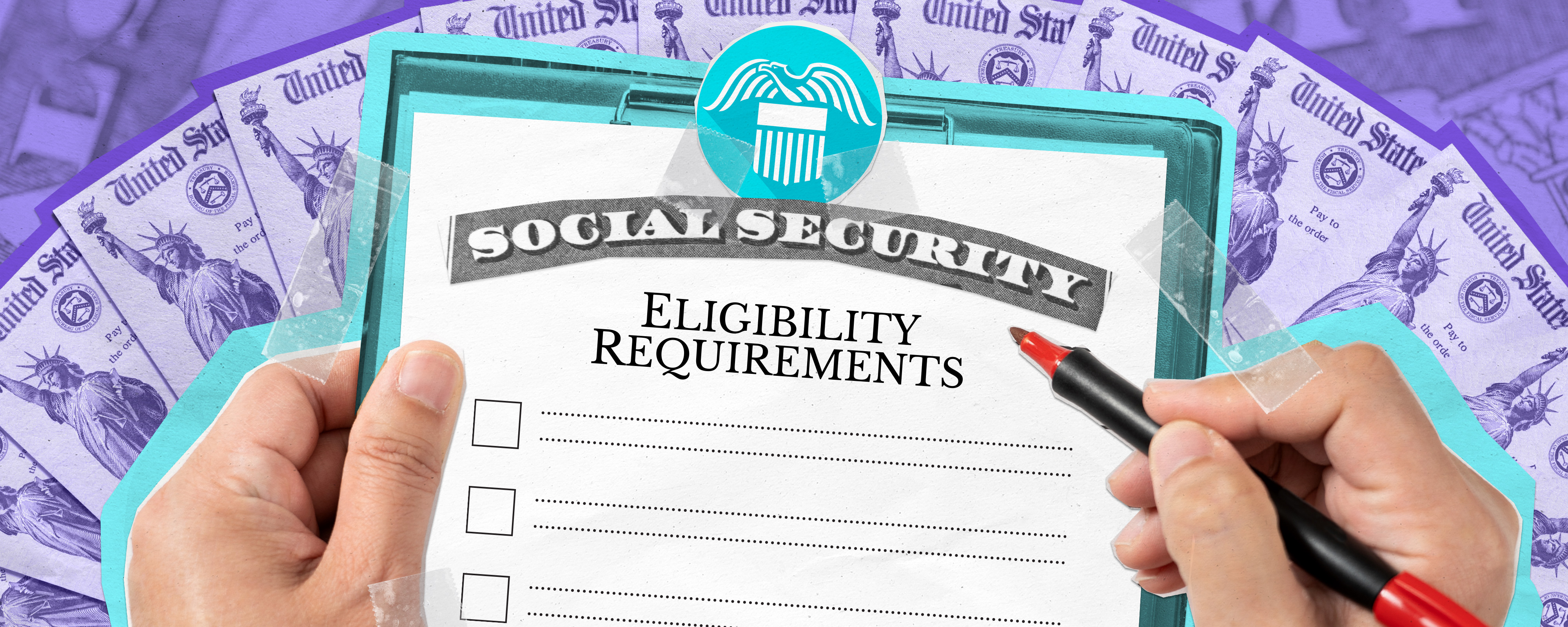What do we mean when we talk about Social Security trust funds?
There are actually two Social Security trust funds. That’s because Social Security is technically made up of retirement and survivors’ benefits as well as disability payments.
The first trust fund is called Old-Age & Survivors Insurance or OASI. This is what people traditionally think of when they talk about Social Security.
The second trust fund is for Social Security Disability Insurance and is often called SSDI or DI.
When we talk about them together, we refer to them as the OASDI trust funds.
How much money is in the trust funds?
Up to date estimates can be found on this page. In today’s dollars, the OASDI trust fund has a balance of about 2.9 trillion dollars.
So there is 2.9 trillion dollars sitting around we can use?
Well, no. The Social Security Trust Fund is mostly an accounting device. The money can only be invested in “Special Issue” securities, which are created by the government. The actual money that is brought in from taxes is immediately paid out to beneficiaries and used to pay for other operations of government like other entitlements, national defense, or other discretionary programs.
So when we say there is 2.9 trillion dollars in the trust fund, what we mean is that there are bonds specially issued by the government that it owes itself 2.9 trillion dollars.
How are they funded?
Every earner pays 12.4% of their paycheck up to the taxable maximum to fund OASDI, although to a worker it only looks like 6.2% because their employer also contributes 6.2%.
0.9% of that 6.2% goes to the Disability Insurance fund and the other 5.3% goes to OASI.
How much money is coming in and how much is being paid out per year?
In 2017, payroll taxes brought in about $912 billion. Interest income on the existing trust fund was credited at $85 billion. Payable benefits cost about $953 billion.
Of that total, SSDI makes up about 15%, or almost a sixth of the total cost of Social Security spending. See Table 2 for more.
When are they scheduled to run out?
There are three sets of projections: low-cost, intermediate, and high-cost.
Under the low-cost projections, the combined trust funds are not projected to run out.
Under the intermediate projections, the combined OASDI trust funds are expected to run out in 2034.
Under the high-cost projections, they will run out in 2030.
Which projection should we use?
The way the Social Security Administration explains it:
“The intermediate set represents the Trustees’ best estimate of the future course of the population and the economy. With regard to the net effect on the actuarial status of the OASDI program, the low-cost set is more optimistic and the high-cost set is more pessimistic. The low-cost and high-cost sets of assumptions reflect significant potential changes in the interrelationships among factors, as well as changes in the values for individual factors.
Readers should interpret with care the estimates based on the three sets of alternative assumptions. These estimates are not specific predictions of the future financial status of the OASDI program. Rather, they represent a reasonable range of future income and cost bounded by two plausible, albeit very unlikely, demographic and economic scenarios.”
It seems safest to rely on the intermediate projections, but recognize that both the low- and high-cost projections are possible, albeit unlikely.
What happens when a trust fund runs out?
When the trust fund goes bankrupt, it doesn’t mean that retirees and people on disability stop getting any benefits. Instead, all benefits are immediately cut by the proportion of money collected and benefits promised.
If the United States had promised to pay $100 billion in benefits but only brought in $75 billion, then everyone’s benefits would be cut by 25%. They would continue to receive benefits, but only the proportion that is brought in from tax revenue.
The Social Security Administration’s best guess is that the OASDI trust fund will be bankrupt in 2034, resulting in an immediate cut of more than 20% for all retirees and disability recipients.


.webp)








.svg)

